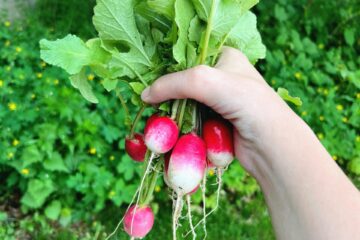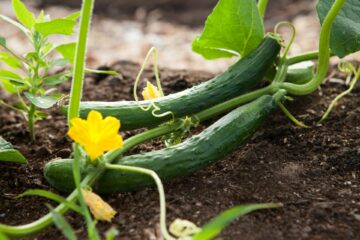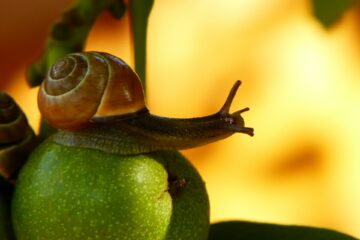Growing fruits and berries in your garden can be a rewarding and delicious experience. Edible shrubs not only provide an abundance of fresh, flavourful fruits but also add beauty and diversity to your outdoor space. In this guide, we will focus on various shrubs that produce edible fruits, including popular choices like blueberries, currants, and gooseberries. Whether you’re a seasoned gardener looking to expand your fruit harvest or a beginner interested in growing your own edible garden, this article will provide you with valuable insights and tips to cultivate these delightful shrubs successfully.
Blueberries
Blueberries are a favorite among home gardeners for their sweet flavour, health benefits, and versatility in cooking and baking. These hardy shrubs are relatively easy to grow and thrive in acidic soil with good drainage. When planting blueberries, make sure to choose a sunny spot in your garden with well-draining soil rich in organic matter.
Tips for Growing Blueberries:
- Soil Preparation: Blueberries prefer acidic soil with a pH range of 4.5 to 5.5. If your soil is alkaline, consider amending it with peat moss or elemental sulfur to achieve the optimal pH level for blueberry cultivation.
- Pruning: Prune blueberry bushes in late winter to remove dead or damaged branches and promote new growth. This helps maintain the shape of the shrub and improve fruit production.
- Watering: Blueberries require consistent moisture, especially during the fruiting season. Mulching around the base of the shrub can help retain soil moisture and suppress weeds.
- Fertilisation: Use a balanced fertilizer formulated for acid-loving plants to provide essential nutrients to your blueberry bushes. Follow the instructions on the fertiliser package for proper application.
Currants
Currants are small, tart berries that come in red, black, and white varieties. These shrubs are cold-hardy and can thrive in partial shade, making them a great choice for gardeners in regions with cooler climates. Currants are rich in antioxidants and can be enjoyed fresh, dried, or used in jams, jellies, and desserts.
Tips for Growing Currants:
- Planting: Choose a location with well-draining soil and partial shade for currant bushes. Space the plants at least 3 feet apart to allow for air circulation and prevent disease.
- Pruning: Prune currant bushes in late winter or early spring to remove old branches and encourage new growth. Avoid overcrowding the shrubs to promote better airflow and sunlight penetration.
- Pollination: Currants are self-fertile but benefit from cross-pollination for improved fruit set. Planting different varieties of currants or other compatible fruiting shrubs nearby can enhance pollination and fruit production.
- Disease Management: Keep an eye out for common currant diseases like powdery mildew and anthracnose. Practicing good garden hygiene, such as removing fallen leaves and debris, can help prevent the spread of diseases.
Gooseberries
Gooseberries are small, round berries with a tangy flavour that varies from sweet to sour depending on the variety. These thorny shrubs are hardy and adaptable, making them suitable for a wide range of growing conditions. Gooseberries can be eaten fresh, cooked into jams and pies, or used in desserts and beverages.
Tips for Growing Gooseberries:
- Sunlight: Plant gooseberry bushes in a sunny location with well-drained soil. Adequate sunlight is essential for fruit development and ripening.
- Pruning: Prune gooseberry bushes in late winter to remove old wood and improve overall plant health. Thin out crowded branches to allow for better air circulation and light penetration.
- Pest Control: Keep an eye out for pests like aphids, sawflies, and mites that may infest gooseberry bushes. Handpick pests when possible or use organic methods to control infestations.
- Harvesting: Wait until gooseberries are fully ripe before harvesting to maximise flavour and sweetness. Harvest the berries gently to avoid damaging the shrub and store them in the fridge for extended freshness.
In conclusion, adding edible shrubs like blueberries, currants, and gooseberries to your garden can provide you with a bountiful harvest of delicious fruits while enhancing the aesthetic appeal of your outdoor space. By following the tips and guidelines outlined in this article, you can successfully grow and care for these versatile shrubs and enjoy the satisfaction of harvesting and savouring your homegrown fruits and berries. Happy gardening and happy harvesting!


